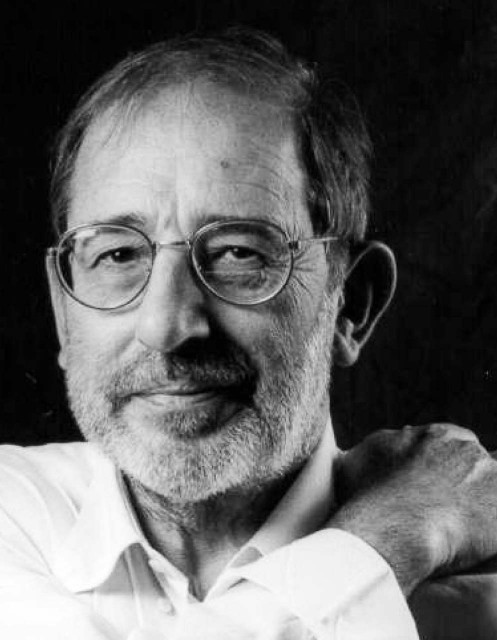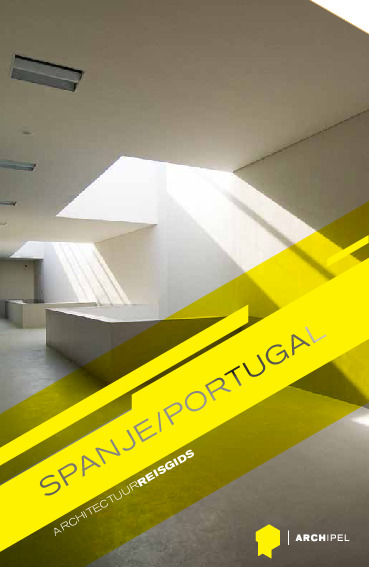Álvaro Siza Vieira

Álvaro Joaquim de Melo Siza Vieira (°Matosinhos, 25 June 1933), is a Portuguese architect, he won the Pritzker Prize in 1992.
He graduated in architecture in 1955, at the former School of Fine Arts of the University of Porto, the current FAUP – Faculdade de Arquitectura da Universidade do Porto. He completed his first built work (four houses in Matosinhos) even before ending his studies in 1954, the same year that he first opened his private practice in Porto. Siza Vieira taught at the school from 1966 to 1969, returning in 1976. In addition to his teaching there, he has been a visiting professor at the Graduate School of Design, Harvard University; the University of Pennsylvania; Los Andes University of Bogota; and the École Polytechnique Fédérale de Lausanne.
Along with Fernando Távora, he is one of the references of the Porto School of Architecture where both were teachers. Both architects worked together between 1955 and 1958. Another architect he has collaborated with is Eduardo Souto de Moura, e.g. on Portugal’s flagship pavilions at Expo ’98 in Lisbon and Expo 2000 in Hannover, as well as on the Serpentine Pavillon 2005. Siza’s work is often described as “poetic modernism”; he himself has contributed to publications on Luis Barragán.
Among Siza’s earliest works to gain public attention was a public pool complex (named Piscinas de Marés) he created in the 1960s for Leça da Palmeira, a fishing town and summer resort north of Porto.
In 1987, the dean of Harvard Graduate School of Design, the Spanish architect José Rafael Moneo, organized the first show of Siza’s work in the United States. In 1992, he was awarded with the renowned Pritzker Prize for the renovation project that he coordinated in the Chiado area of Lisbon, a historic commercial sector that was all but completely destroyed by fire in August 1988.











